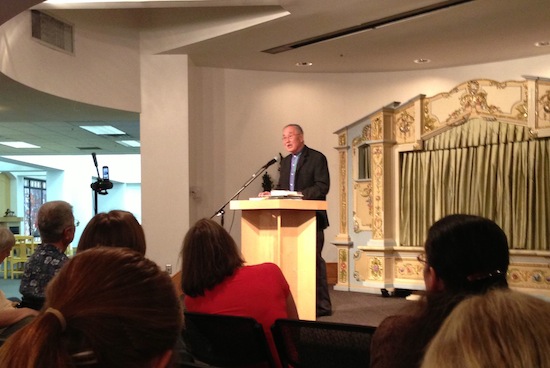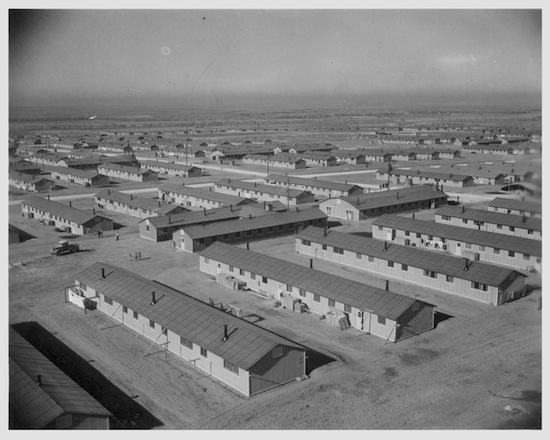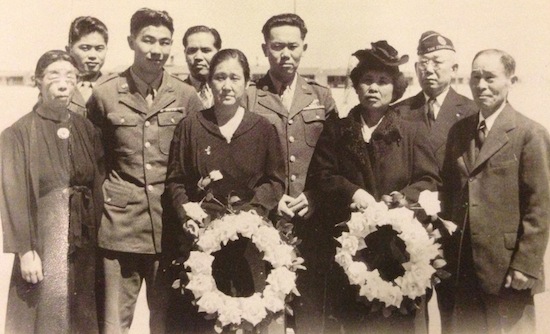Recently, I attended a talk by Lawson Inada, a Japanese Word War II Internment Camp survivor. Mr. Inada was only a small boy when he and his mother and father (all Americans of Japanese descent) were interned between 1943 and 1945. Mr. Inada is now a highly awarded poet, Oregon’s Poet Laureate, and the author of Legends from Camp, a book about his experiences while interned (1994 American Book Award winner).
Like most Americans, I had only a vague knowledge about the internment of Japanese Americans during WWII. It’s not something most U.S. history textbooks even mention. Hearing Mr. Inada speak of his experiences was humbling. There’s a warmth in his voice and a twinkle in his eye that invites you to come and hear as if you are going back in time with him.
I learned many things about the internment that night, many I think others may not know. I’ve shared a few of the highlights below:
– There were 10 camps spread across the U.S. One of the camps was in Utah near Topaz Mountain. The Topaz Camp had 42 buildings surrounded by guard towers and barbed wire.
– Oddly, almost all Americans of Japanese descent on the West coast were interned while only a small portion of those from the East or Hawaii were.
“At daybreak, stars disappear but where do I discard my dreams?
* Haiku written by an internee while in the camp.”
– FDR signed Order 9066 on February 19, 1942. The Supreme Court upheld the order. 110,000 people of Japanese ancestry were interned during WWII. 2/3 of these people were U.S. citizens. The other 1/3 were kept from citizenship by prejudicial laws.
– Some German Americans were interned in different camps as well.
– Many young Japanese Americans joined the 442nd Regimental Combat Team even though their families were interned. They became the army’s most decorated unit for its size and duration of service. It was heartbreaking to hear about these young men fighting for our freedoms while their own families were interned back home.
– Japanese American mothers whose sons died fighting for the U.S. in WWII were awarded a gold star for their sacrifice while they were still interned. Imagine the injustice of losing your own freedom and even your child while being imprisoned as a U.S. citizen.
– Not a single Japanese American was prosecuted or convicted of any instance of espionage even though the suspicion of this was the very reason that they were interned.
– Those interned had very little time to liquidate their homes and possessions. They suffered huge financial losses.
This painting by Roger Shimomura depicts the duality of two U.S. citizens, one free, one imprisoned, during WWII.
One of Mr. Inada’s poems, The Legend of Lost Boy is printed in his book. He read this powerful poem and then talked about being lost. One of the things that stuck with me was what he said about being found:
“All of us have gotten lost in some way in our lives but if you keep at it long enough, you’ll be found.”




